Often associated with low temperatures, the function of hibernation is to conserve energy when sufficient food is unavailable. To achieve this energy saving, an endothermic animal decreases its metabolic rate and thereby its body temperature.[2] Hibernation may last days, weeks, or months depending on the species, ambient temperature, time of year, and the individual's body condition. Before entering hibernation, animals need to store enough energy to last through the duration of their dormant period, possibly as long as the entire winter. Larger species become hyperphagic, eating a large amount of food and storing the energy in fat deposits. In many small species, food caching replaces eating and becoming fat.[3]
Some species of mammals hibernate while gestating young, which are born either while the mother hibernates or shortly afterwards.[4] For example, female polar bears go into hibernation during the cold winter months in order to give birth to their offspring. The pregnant mothers significantly increase their body mass prior to hibernation, and this increase is further reflected in the weight of the offspring. The fat accumulation enables them to provide a sufficiently warm and nurturing environment for their newborns. During hibernation, they subsequently lose 15–27% of their pre-hibernation weight by using their stored fats for energy.[5]
True hibernation is restricted to endotherms; ectotherms by definition cannot hibernate because they cannot actively down-regulate their body temperature or their metabolic rate. Still, many ectothermic animals undergo periods of dormancy which are sometimes confused with hibernation. Some reptile species are said to brumate, but possible similarities between brumation and hibernation are not firmly established. Many insects, such as the wasp Polistes exclamans, exhibit periods of dormancy which have often been referred to as hibernation, despite their ectothermy.[6]

Northern bat hibernating in Norway
Mammals

Bats hibernating in a silver mine
Obligate hibernation
Obligate hibernators are animals that spontaneously, and annually, enter hibernation regardless of ambient temperature and access to food. Obligate hibernators include many species of ground squirrels, other rodents, mouse lemurs, European hedgehogs and other insectivores, monotremes, marsupials, and even butterflies such as the small tortoiseshell.[7] These species undergo what has been traditionally called "hibernation": a physiological state wherein the body temperature drops to near ambient (environmental) temperature, and heart and respiration rates slow drastically.The typical winter season for obligate hibernators is characterized by periods of torpor interrupted by periodic, euthermic arousals, during which body temperatures and heart rates are restored to more typical levels. The cause and purpose of these arousals is still not clear; the question of why hibernators may return periodically to normal body temperatures has plagued researchers for decades, and while there is still no clear-cut explanation, there are multiple hypotheses on the topic. One favored hypothesis is that hibernators build a "sleep debt" during hibernation, and so must occasionally warm up to sleep. This has been supported by evidence in the Arctic ground squirrel.[8] Other theories postulate that brief periods of high body temperature during hibernation allow the animal to restore its available energy sources[9] or to initiate an immune response.[10]
Hibernating Arctic ground squirrels may exhibit abdominal temperatures as low as −2.9 °C (26.8 °F), maintaining sub-zero abdominal temperatures for more than three weeks at a time, although the temperatures at the head and neck remain at 0 °C (32 °F) or above.[11]
Historically there was a question of whether or not bears truly hibernate since they experience only a modest decline in body temperature (3–5 °C) compared with the much larger decreases (often 32 °C or more) seen in other hibernators. Many researchers thought that their deep sleep was not comparable with true, deep hibernation, but recent research has refuted this theory in captive black bears.[12]
Black bear mother and cubs "denning"
Facultative hibernation
Unlike obligate hibernators, facultative hibernators only enter hibernation when either cold-stressed, food-deprived, or both. A good example of the differences between these two types of hibernation can be seen in prairie dogs: the white-tailed prairie dog is an obligate hibernator and the closely related black-tailed prairie dog is a facultative hibernator.[13]Primates
While hibernation has long been studied in rodents, namely ground squirrels, no primate or tropical mammal was known to hibernate until the discovery of hibernation in the fat-tailed dwarf lemur of Madagascar, which hibernates in tree holes for seven months of the year.[14] Malagasy winter temperatures sometimes rise to over 30 °C (86 °F), so hibernation is not exclusively an adaptation to low ambient temperatures. The hibernation of this lemur is strongly dependent on the thermal behaviour of its tree hole: if the hole is poorly insulated, the lemur's body temperature fluctuates widely, passively following the ambient temperature; if well insulated, the body temperature stays fairly constant and the animal undergoes regular spells of arousal.[15] Dausmann found that hypometabolism in hibernating animals is not necessarily coupled with low body temperature.[16]Bears
Hibernating bears are able to recycle their proteins and urine, allowing them both to stop urinating for months and to avoid muscle atrophy.[17][18][19][20]Birds
Historically, Pliny the Elder believed swallows hibernated, and ornithologist Gilbert White documented anecdotal evidence in his 1789 book The Natural History of Selborne that indicated the belief was still current in his time. It is now understood that the vast majority of bird species typically do not hibernate, instead utilizing torpor. One known exception is the common poorwill (Phalaenoptilus nuttallii), for which hibernation was first documented by Edmund Jaeger.[21][22]Dormancy in ectotherms
Because they cannot actively down-regulate their body temperature or metabolic rate, ectothermic animals (including fish, reptiles, and amphibians) cannot hibernate. However, they can experience decreased metabolic rates associated with colder environments and/or low oxygen availability (hypoxia) and exhibit dormancy. It was once thought that basking sharks settled to the floor of the North Sea and became dormant, but research by Dr. David Sims in 2003 dispelled this hypothesis,[23] showing that the sharks actively traveled huge distances throughout the seasons, tracking the areas with the highest quantity of plankton. Epaulette sharks have been documented to be able to survive for long periods of time without oxygen and at temperatures of up to 26 °C (79 °F)[24] as a means to survive in their shoreline habitat, where water and oxygen levels vary with the tide. Other animals able to survive long periods with no or very little oxygen include goldfish, red-eared sliders, wood frogs, and bar-headed geese.[25] However, the ability to survive hypoxic or anoxic conditions is not the same as, nor closely related, to endotherm hibernation.Hibernation induction trigger
Hibernation induction trigger (HIT) is somewhat of a misnomer. Although research in the 1990s hinted at the ability to induce torpor in animals by injection of blood taken from a hibernating animal, further research has been unable to reproduce this phenomenon. Despite the inability to induce torpor, there are substances in the blood of hibernators that can lend protection to organs for possible transplant. Researchers were able to prolong the life of an isolated pig's heart with a HIT.[26] This may have potentially important implications for organ transplant, as it could allow organs to survive for up to 18 hours outside the human body. This would be a great improvement from the current 6 hours.The supposed HIT is a mixture derived from blood serum, including at least one opioid-like substance. DADLE is an opioid that in some experiments has been shown to have similar functional properties.[27]

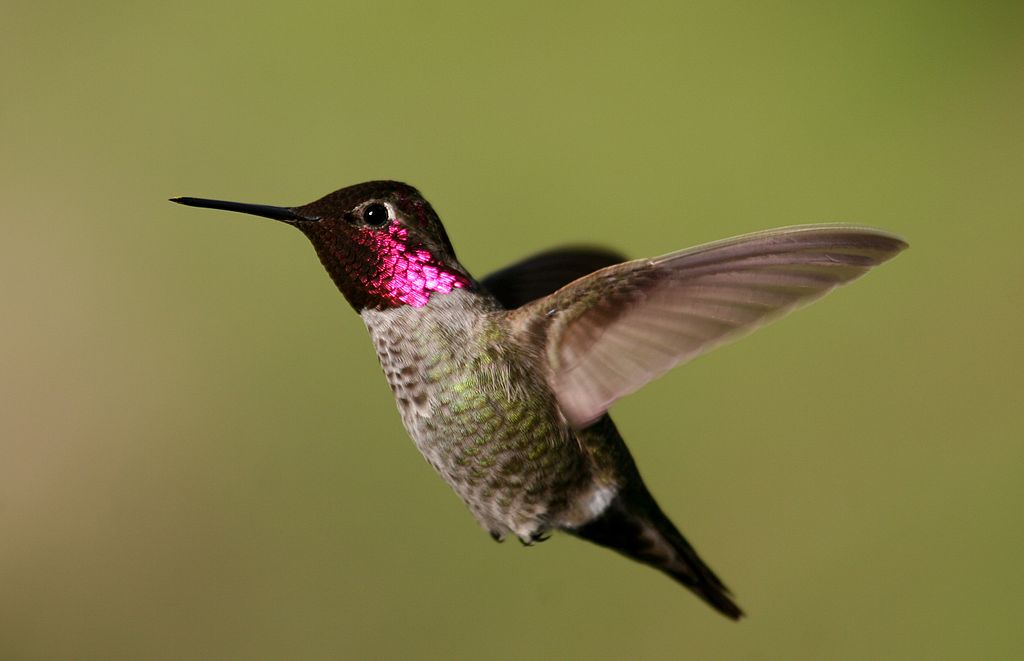



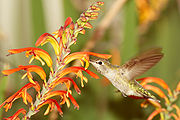

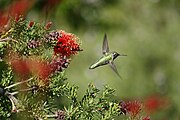



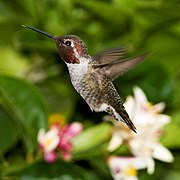

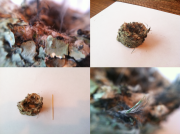



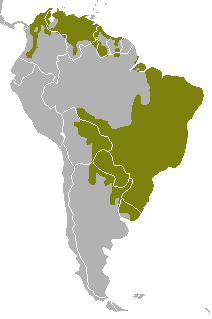





 Range of the maned wolf
Range of the maned wolf






